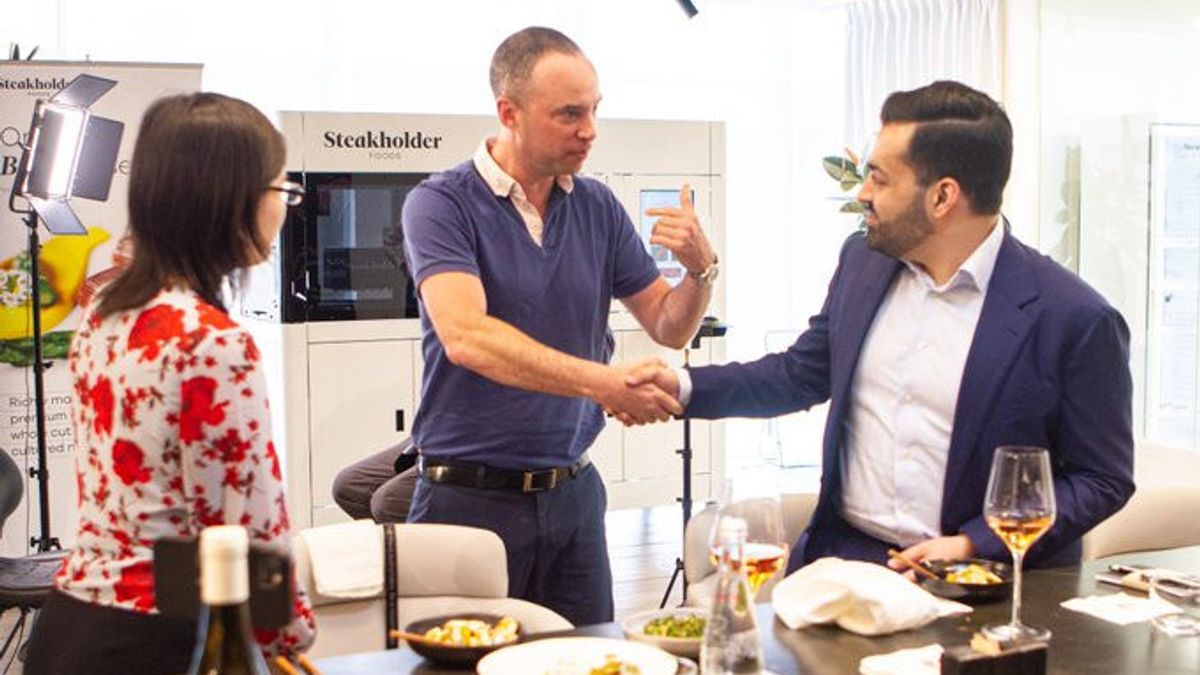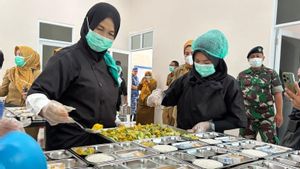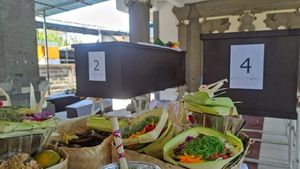JAKARTA - An Israeli foodtech company claims to have succeeded in printing the first ready-to-cook fish fillet using cultivated and grown animal cells in a laboratory using 3D printing technology.
The production of laboratory-raised beef and chicken has attracted attention as a way to reduce the environmental impact of livestock farming and address animal welfare concerns, but few companies are engaged in seafood.
Israel's Steakholder Foods has partnered with Singapore-based Umami Meats to produce fish fillets without the need to catch the dwindling wild fish.
Umami Meats extracts fish cells – for now from groupers – and grows them into muscle and fat. Then, Steakholder Foods added the cells to a "bio-ink" suitable for specialty 3D printers. The result is a narrow fillet that mimics the properties of sea-caught fish.
Umami hopes to bring its first products to market next year, starting in Singapore and then, depending on regulations, in countries such as the United States and Japan.
Cell culture alone is still too expensive to match the costs of traditional seafood production, so for now the fish cells are mixed with plant materials in bio-inks.
"As time goes on, the complexity and grade of these products will get higher, and the prices associated with producing them will come down," said Arik Kaufman, chief executive of Steakholder Foods.
A glass plate slides back and forth in the 3D printer, the finger-long white fillet building mass with each pass. It has the same texture as traditional fish and when it is fried and served, it is difficult to tell it apart from fish caught in the sea.
The process is simpler than with beef, but there are some drawbacks.
According to Umami's chief executive, Mihir Pershad, bovine stem cells have been extensively studied, but there is still very little information about fish.
SEE ALSO:
"We had to figure out what the cells liked to eat, how they grew, and there wasn't a lot of literature to turn to," Pershad said.
"The number of scientists working on fish cell biology is, conceivably, only a fraction of those working on animal cells and human cells," added Pershad.
They have found processes for grouper and eel and hope to add another three endangered species in the coming months.
Keeping the price of fish from the sea affordable is the main challenge.
"We want consumers to choose based on taste and impact on the world and the planet's environment. And we want to get rid of price considerations," added Pershad.
The English, Chinese, Japanese, Arabic, and French versions are automatically generated by the AI. So there may still be inaccuracies in translating, please always see Indonesian as our main language. (system supported by DigitalSiber.id)

















